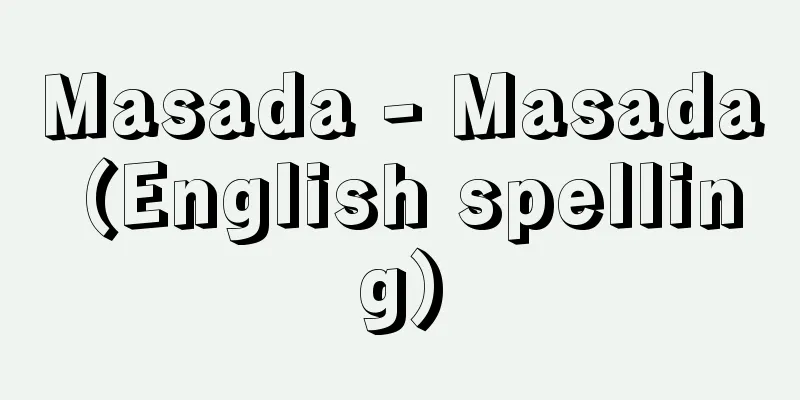cauliflower

Nutrition and FunctionIt is a cruciferous vegetable, in the same family as cabbage. It is a mutation of broccoli that has turned white, and is native to the Mediterranean coast. In Japan, it became popular earlier than broccoli, but it seems that broccoli is more popular than it. However, in recent years, it has been discovered that it contains ingredients that suppress carcinogens, and it is a flower vegetable that has been attracting attention. ○ Nutritional value: Cauliflower, a member of the Brassicaceae family, contains a substance called isothiocyanate, which acts to block the activation of carcinogens. Cauliflower is also rich in vitamin C. Eating 100g of boiled cauliflower meets 50% of your daily vitamin C requirement. Vitamin C helps produce collagen and inhibits the production of melanin pigment, so it is not only effective for beautiful skin, but also strengthens the function of white blood cells, which enhance the body's immunity, and therefore builds resistance to viruses. It also inhibits the synthesis of nitrosamines, which are known to be carcinogens in the stomach and liver. It is also an antioxidant that prevents the oxidation of cells, and has the effect of suppressing the proliferation of cancer cells. The synergistic effect of these isothiocyanates and vitamin C makes this a vegetable that may have cancer prevention effects. Vitamin C also has an anti-stress effect, helping to relieve mental fatigue. It also contains 2.9g of dietary fiber per 100g, more than cabbage (1.8g) and Chinese cabbage (1.3g) . Dietary fiber regulates the intestines and is effective in improving constipation. (Rich in vitamins B1 and B2 , preventing aging and arteriosclerosis) It also contains a lot of vitamins B1 and B2 , which help suppress the increase of lipid peroxides, which can cause arteriosclerosis and accelerate aging. Cooking tips:They are in season from winter to late spring. Small ones that feel heavy but have a lot of water are recommended. Choose ones that have not yet bloomed buds and have fresh outer leaves. Good quality ones are round and white overall. Be careful as many of the ones whose outer leaves have been discarded are old. Small florets with partially elongated stems or discoloration are also overripe or old. Since it will produce scum, it is best to boil it before cooking. Adding a little flour when boiling will raise the boiling point and shorten the time, limiting the loss of Vitamin C. It will also remove the scum without compromising its subtle sweetness. Adding lemon slices or vinegar will also help bring out the whiteness. After boiling, it will not become watery if you let it cool in a colander without soaking it in water. Since it has no particular flavor, it can be used in a variety of dishes, such as stews, potages, salads, and simmered dishes. If you pickle it in sweet vinegar along with carrots and cucumbers, you can keep it as a staple dish. The stems contain nearly twice as much vitamin C as the flowers, so try to use as much of it as possible. Source: Shogakukan Medical Museum of Food Information |
《栄養と働き》アブラナ科の野菜で、キャベツと同じ仲間です。ブロッコリーが突然変異によって白化したもので、地中海沿岸が原産地です。 わが国ではブロッコリーよりも早く普及したにもかかわらず、人気はブロッコリーのほうが上のようです。しかし、近年では発がん物質を抑制する成分が含まれていることがわかり、注目されている花野菜です。 ○栄養成分としての働き アブラナ科のカリフラワーには、イソチオシアネートという物質が含まれています。これは発がん物質の活性化を阻む働きをします。 また、ビタミンCが豊富な点がカリフラワーの特徴。ゆでたカリフラワー100gを食べると、1日の必要量の50%を満たすことができます。 ビタミンCはコラーゲンの生成を助け、メラニン色素の生成を阻害するので、美肌に効果的なのはもちろんですが、体の免疫力を高める白血球の働きを強化するので、ウイルスに対する抵抗力がつきます。さらに、胃や肝臓などの発がん物質として知られているニトロソアミンの合成を妨げます。細胞の酸化を防ぐ抗酸化物質でもあり、がん細胞の増殖を抑える働きもあります。 これらイソチオシアネートとビタミンCの相乗効果で、がん予防の効果を期待できる野菜です。 また、ビタミンCには抗ストレス作用があるので、精神的な疲労をやわらげる働きもあります。 食物繊維の含有量も100g中2.9gと、キャベツの1.8g、ハクサイの1.3gを上回ります。食物繊維は整腸の働きがあり、便秘(べんぴ)の改善などに有効です。 〈ビタミンB1・B2が豊富で、老化・動脈硬化を予防〉 ビタミンB1、B2も多く、動脈硬化の原因となったり、老化を進行させる過酸化脂質の増加を抑えます。 《調理のポイント》旬(しゅん)は冬から晩春にかけて。小さくてもズッシリと重く感じるものが、水分が多くおすすめです。つぼみが開花していなくて、新鮮な外葉がついているものを選びます。全体的に丸く、白いものが良質です。外葉が捨てられているものは古いものが多いので注意しましょう。小花の茎が部分的に伸びていたり、変色しているものも熟れすぎか古いものです。 アクがあるのでゆでてから料理します。ゆでるときに小麦粉を少し入れると沸点があがり、時間が短縮できるので、ビタミンCの損失を抑えることができます。ほのかな甘みも損なわれず、アクもよく抜けます。また、レモンの切れ端や酢を入れると白さがよくでます。ゆでたあとは水につけず、そのままザルに広げて冷ましたほうが水っぽくなりません。 クセがないのでシチュー、ポタージュ、サラダ、煮ものといろいろな料理に使えます。 ニンジンやキュウリなどといっしょに甘酢に漬け、ピクルスにしておけば常備菜として利用できます。 花の部分よりも茎の部分のほうが倍近いビタミンCを含んでいるので、なるべく残さず利用しましょう。 出典 小学館食の医学館について 情報 |
Recommend
Are (English spelling)
A unit of area in the metric system. It is repres...
special photographic effects
…Special photographic effects (or special visual ...
Akebonozasa - Akebonozasa
...Distichus (also called Kirinchiku) is used for...
Shozo Namiki
A mid-Edo period Kabuki playwright. First generati...
concilia
…The Spartan assembly voted with shouts of approv...
Special Community - Tokushu Buraku
A discriminatory term that has been used to refer ...
Complementing the act of donation - Kifu Koinohoko
…However, if the founder dies without having dete...
Amsterdam Declaration
...As preservation organizations, Italia Nostra w...
Phuket [island] - Phuket
A small island on the west coast of the Malay Peni...
Prokofiev
Russian (Soviet) composer and pianist. Born into a...
Pheidias
Dates of birth and death unknown. Ancient Greek s...
Tachihara Suiken
A Confucian scholar of the Mito Domain in the lat...
Municipal Police - Jichitaikeisatsu
In a broad sense, it means a police organization ...
Teijiro Nakahara
Year of death: March 28, 1921 Year of birth: Octob...
Pills - Ganzai
It is a spherical form of medicine, one of the ol...









